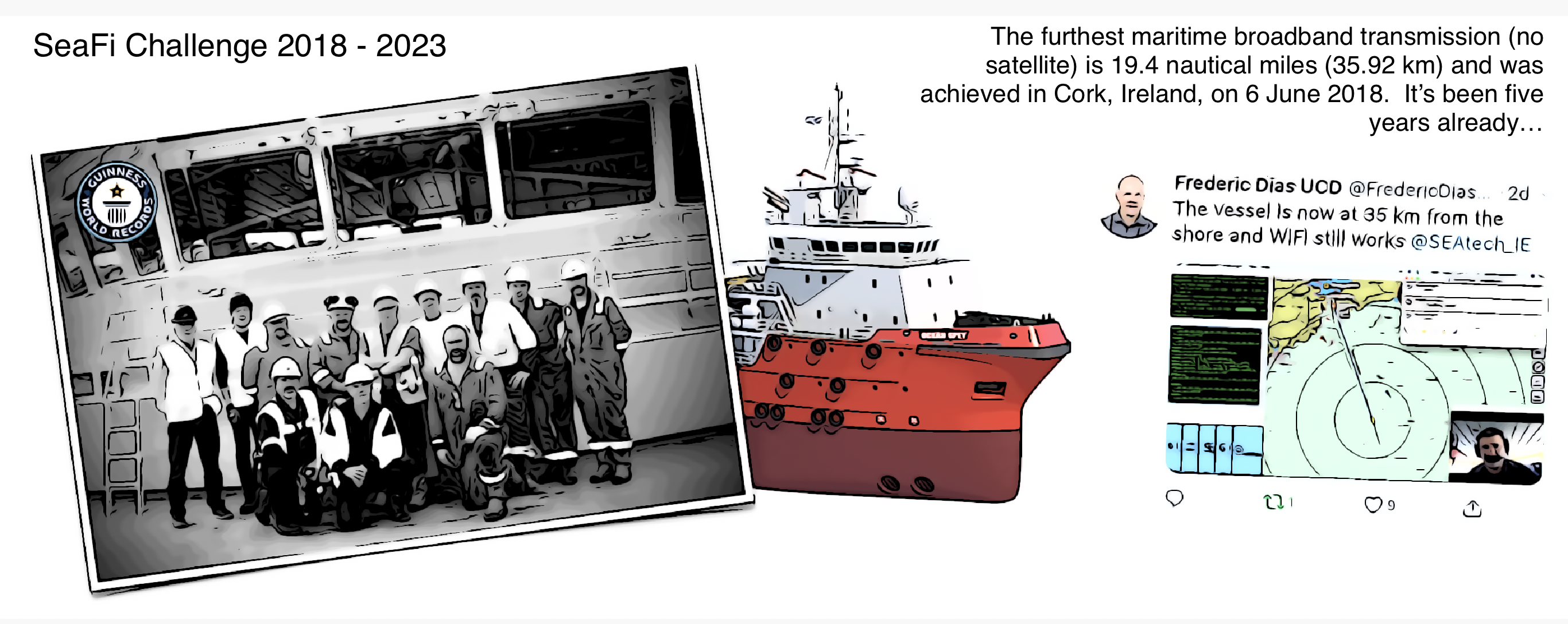
Home to the world’s largest internet company as well as other renowned tech giants, Seattle seems like the perfect place for a meeting on high performance computing. This year’s SIAM Conference on Parallel Processing & Scientific Computing - SIAM PP20 for short - took place right in the centre of the rainy city.
Hundreds of scientists from all over the world met to discuss emerging issues in scientific computing. From best practices in benchmarking to reducing communications between processors and code reproducibility, some of which have been topics of interest for many years as anyone learning about David Bailey’s “12 Ways to fool the masses” (1991) in an introductory course on computing can probably attest to.
Of particular interest to numerical modellers, like myself, were the more application-oriented minisymposia on for example HPC Simulations of the Hydrological Cycle which showed various operational hydrological models and discussed downscalings of numerical weather prediction data as well as the need for scientific advances in the handling of physical processes, and forcing data in the computer codes as well as the need for numerical analysis research on for example preconditioning and operator splitting to tackle mathematically more difficult problems in a more efficient manner.
I contributed to the session on High-Performance Numerics and Model Development for Geophysical Systems organised by Dr Thomas Gibson (Naval Postgraduate School), Dr David Ham (Imperial College London), and Dr Chris Eldred (Sandia National Laboratories). In this minisymposium the other speakers and I presented and discussed scaling results of non-hydrostatic models for the ocean, current advances in preconditioning for split implicit methods, entropy conserving discretisations as well as adaptive mesh refinement for novel discretisation techniques.
One of my personal highlights was the minisymposium on HPC Aspects of Tsunami Simulations. It comprised an impressive summary of the Exahype project (https://exahype.eu/) and their coupling of earthquake and tsunami simulations in a computationally efficient framework as well as current accelerator-based advances of the software geoclaw that is used for tsunami predictions in the Seattle area and developed at the University of Washington.
